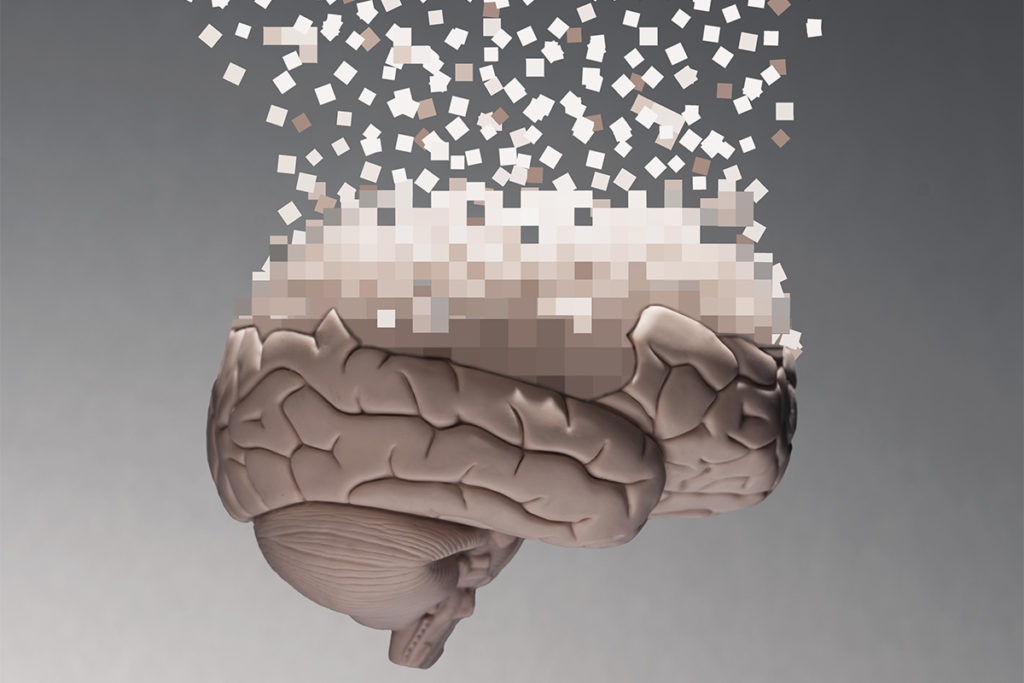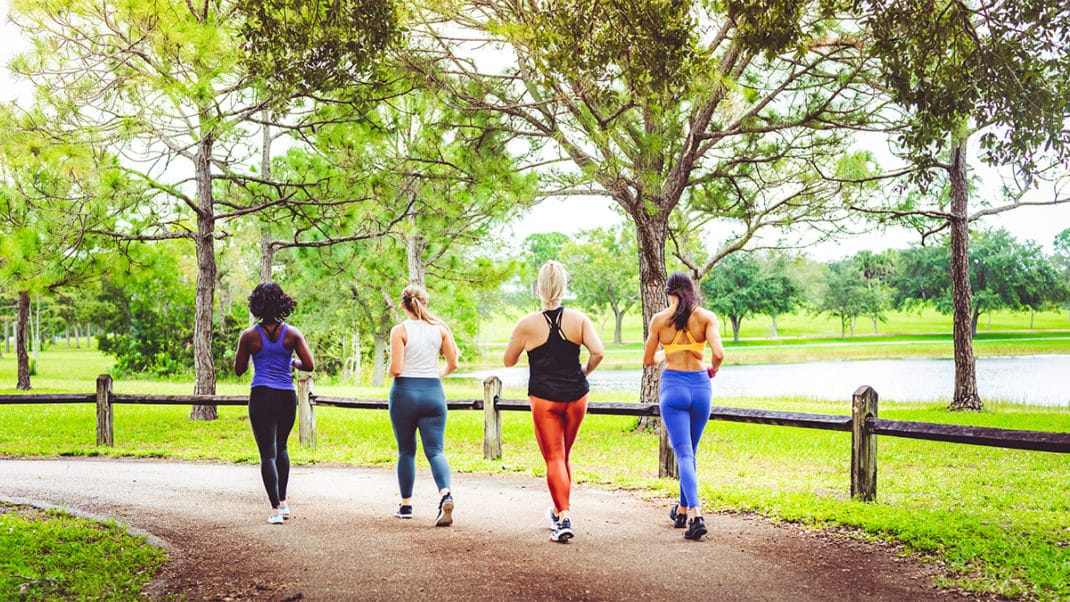Find It, Feel It, Move It
Help participants connect with their bodies during the warm-up.
There is nothing quite like helping students understand a little bit more about how their bodies function. I like to introduce the concept of self-awareness in my classes. A typical warm-up, for example, focuses on specific muscle isolations, not just major muscle groups. This enables people to experience more fluid control in their movements. My motto is “Find it, feel it, and then move it.”
Find It. Find what? The intricate muscle groups responsible for “waking up” the proper muscle isolations needed for “The Stephanie Herman Method of Movement.”
For the purposes of this article, we’ll be working with the following:
- upper and lower rectus abdominis
- transversus abdominis
- rhomboids
- hamstrings-buttocks connection
- vastus medialis
Feel It. In order to control a muscle from the inside out, your students must find the muscle, then feel it. Sometimes it takes weeks of repetitive muscle contraction before it’s actually possible to feel a specific muscle group. Movement is a process. Encourage participants to understand the process and not judge themselves harshly. It can be frustrating trying to find a muscle when you can’t even feel it. You can help by offering exercises that constantly send a message to the muscle in question. Eventually the muscle will respond. Lead your class with humor, compassion and understanding.
Move It. Now that students have “found it and felt it,” they can “move it.”
When participants are able to move specific muscles, they have more overall bodily control. By encouraging your class to focus mentally on particular muscle groups, you empower students to put effort into the muscle or muscle groups that are responsible for individual movements instead of compensating with and distorting the wrong muscle groups.
Isolation
Start with posture. Ask participants to look in the mirror as you use the following cues:
- Place one hand on your sternum and the other on your pelvis. Make sure your hands align on top of each other, and then drop your hands by your sides. You should now have a natural curvature of the spine.
- Place your hands in front, on your hips, and align them over your toes.
- Put one hand on the back of your head and the other on your tailbone so that the two hands align. This action helps properly align the head. (Some people jut their heads forward to compensate for misalignment.)
Now move on to breathing and muscle isolation.
- Inhale through relaxed nostrils, and exhale through the throat.
- As you inhale, try to hold in your abs and breathe at the same time for 1 minute.
Relax and try again, following these cues:
- With abdominals contracted, visualize them “smiling,” and keep breathing.
- Circle your shoulders until they fit into the sockets.
- As you feel the power of the rhomboids, start to pump your arms straight by your sides as if you were doing the Pilates hundred. Breathe in and out as you pump for 30 seconds.
- Raise your arms above your head as you inhale, then lower them down by your sides as you exhale. Repeat 16 times.
- Bow, releasing the hamstrings-
buttocks connection. As you stand, tighten the hamstrings-buttocks connection without tilting the pelvis. Repeat 16 times.
- Repeat above, bending your knees as you bow and straightening them as you come up. Keep your arms behind you as you descend, as if you were skiing. Raise arms overhead as you stand. Repeat 16 times.
- Try doing the same bowing movement above as you bring one leg forward along the ground with knees bent. Bring your feet together as you straighten.
Now that you’ve helped participants find it, feel it and move it, you can advance to the main portion of your workout.





